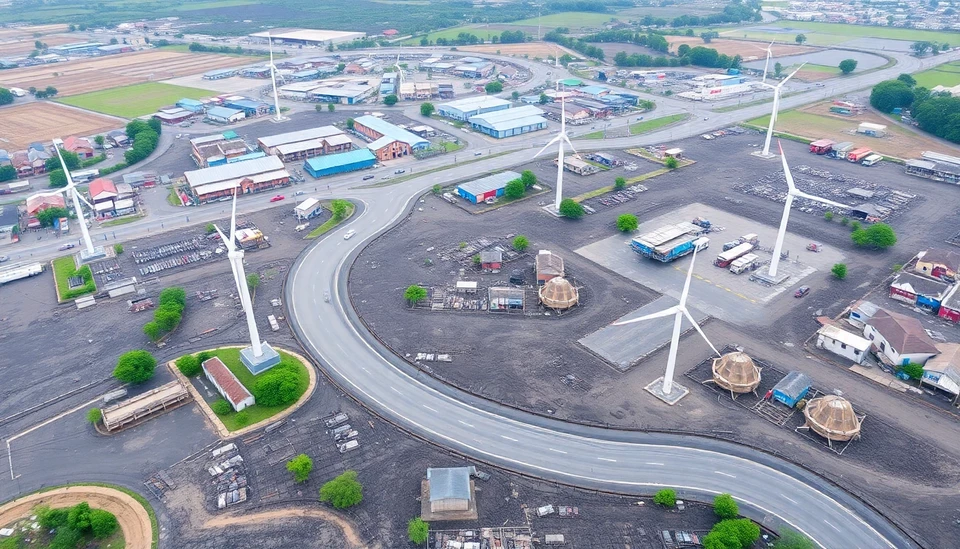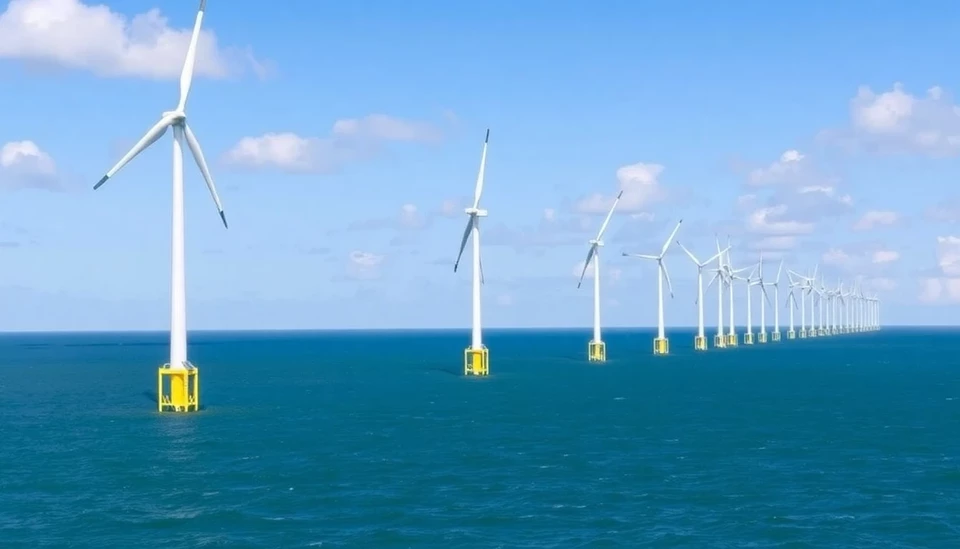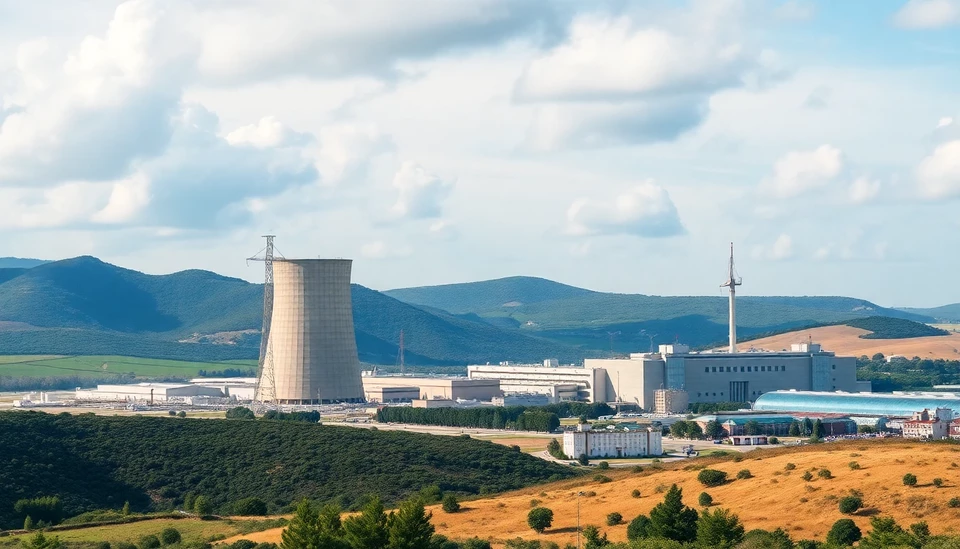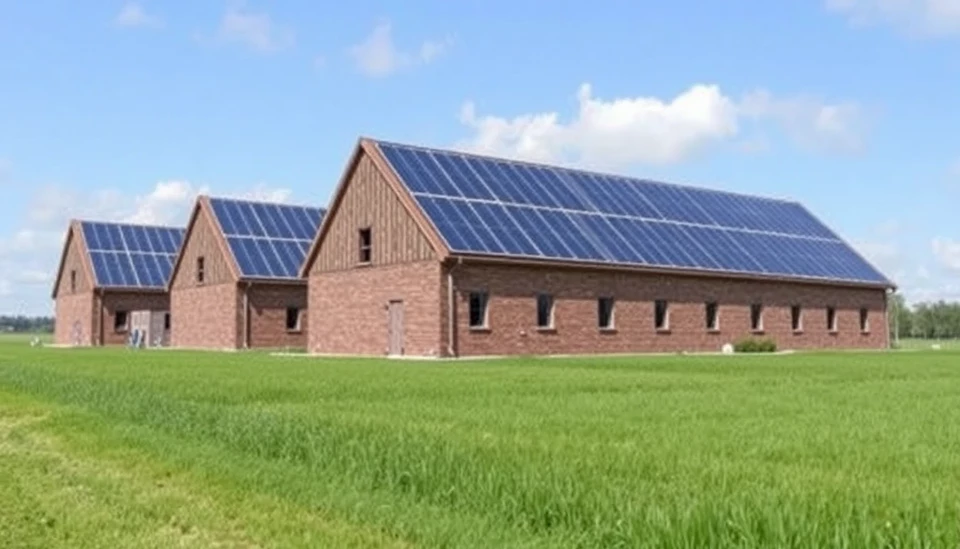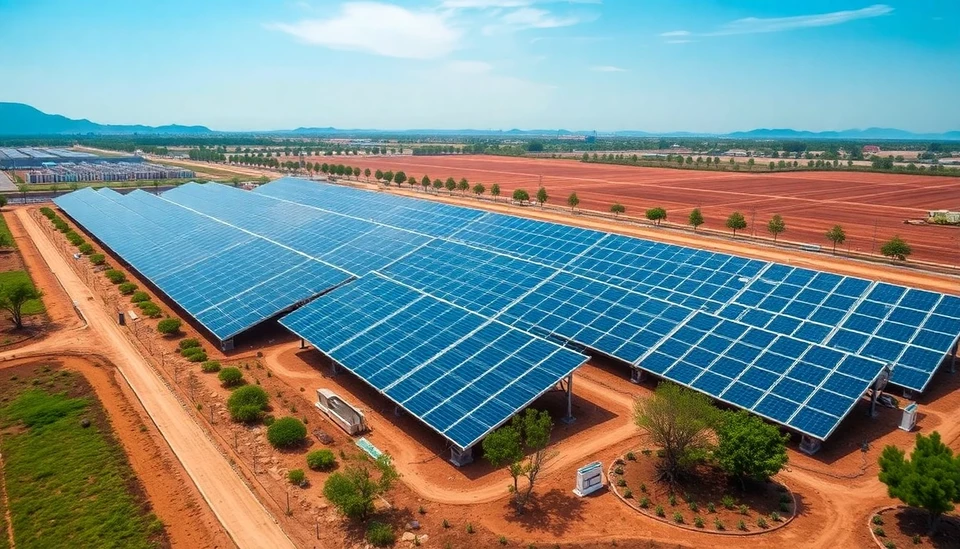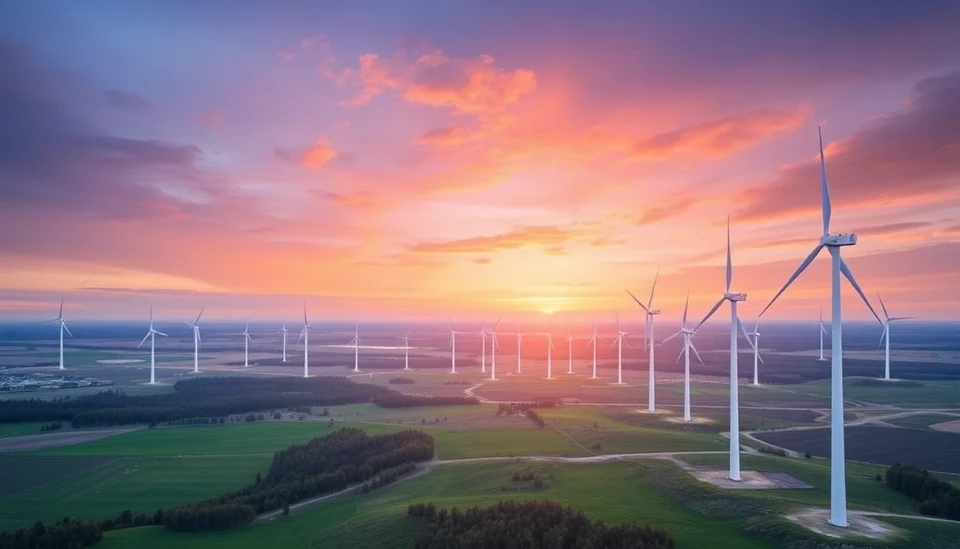
In the realm of renewable energy, a substantial onshore wind farm in Sweden is providing valuable insights for investors navigating the ever-fluctuating landscape of energy prices. This project not only showcases the potential of wind energy but also illustrates the complexities and financial implications tied to energy production and pricing. As countries increasingly shift towards sustainable energy solutions, the experiences from this wind farm could serve as a case study for future investments.
The onshore wind project has become one of the largest in Sweden, significantly contributing to the country's energy grid and sustainability goals. As Europe races to reduce its reliance on fossil fuels amid soaring energy prices and a climate crisis, investments in renewable resources like wind power are more critical than ever. This particular wind farm has revealed much about the dynamics between production costs, energy pricing, and market demand.
Observers note that while the farm's operational efficiency demonstrates great promise, the real test remains in its ability to provide consistent returns amidst fluctuating energy market prices. The project was initially lauded for its potential to offer lower-cost energy compared to fossil fuels. However, as energy prices have become increasingly volatile, the expectations have shifted, prompting investors to reassess the financial viability of such large-scale renewable projects.
A crucial lesson from the Swedish wind farm revolves around the disparity between projected and actual energy market prices. While proponents of renewable energy often emphasize the long-term savings associated with wind power, the short-term economic realities can present a daunting challenge. This wind farm served as a glaring example of how sudden changes in market demand and pricing can significantly affect profitability.
Additionally, the facility has highlighted the importance of government policies in shaping the future of energy investments. With various support mechanisms like subsidies and tax incentives in play, the longevity and sustainability of such projects hinge on political stability and regulatory frameworks. Investors are increasingly recognizing that as governmental approaches shift, the risk associated with renewable energy investments can also heighten.
As a result of these insights, analysts suggest that future investors must approach energy projects with a nuanced understanding of both short-term market trends and long-term sustainability goals. The Swedish wind farm’s experience underscores the necessity for a comprehensive risk assessment strategy that encompasses price volatility, technological advancements, and potential regulatory changes.
The lessons learned from this onshore wind farm are crucial not just for Sweden, but for the global energy community as nations strive towards a greener future. As the quest for a more sustainable energy grid continues, the knowledge gained from projects like this will be invaluable for guiding investment strategies and shaping policies in the renewables sector.
In conclusion, the substantial wind farm in Sweden serves as a reminder that while the transition to renewable energy is fraught with challenges, it also presents numerous opportunities for savvy investors willing to understand the complexities of this evolving market. As the world moves forward amidst the pressing need for clean energy, the experiences from Sweden could be pivotal to crafting future energy investments.
#WindEnergy #RenewableInvestments #Sweden #EnergyMarket #Sustainability #OnshoreWind #Investing #ClimateChange #RenewableResources #PowerGeneration
Author: Daniel Foster
